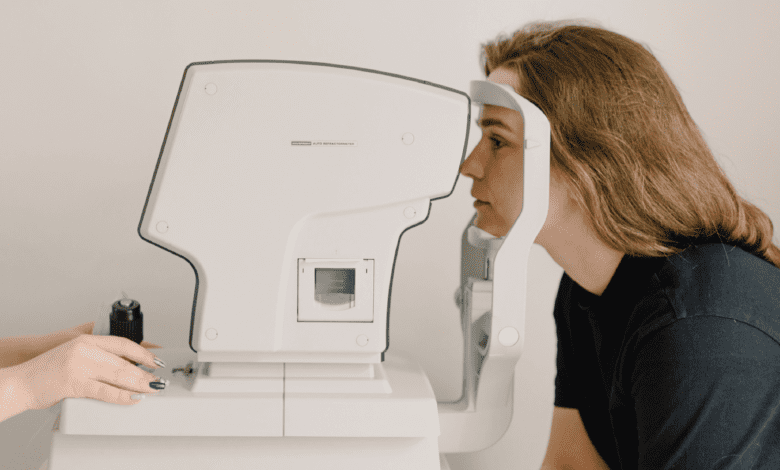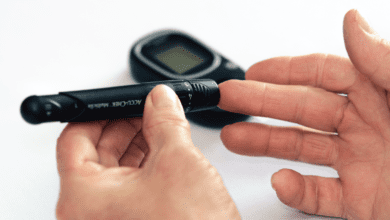Detection and Classification of Retinopathy Using Application

Diabetes mellitus is a kind of disease that may turn to be complex for the patient. Besides complicated in the treatment, the patient will also feel some negative effects if he cannot live his healty life. The diet for patients with chronic diabetes cannot be the same with that of other common people that cannot avoid insulin. What makes it worse is that his body cannot repair its own cells when the patient is wounded.
There are some negative effects of the disease. It can attack either the upper part of body as eyes or the lower part of body (the ability to move). The damaging effect of the disease on eyes is diabetic
retinopathy that can attack retina.
However, so far, many of the patients do not realize the danger of diabetic retinopathy that they finally lose their eyesight. It is because the symptoms are not noticeable and some consider it to be identical with cataract which also leads to blindness.
The analysis and diagnosis taken by a doctor on eye condition is commonly conducted manually by using a flashlight. Though all doctors have been equipped with some adequate medical knowledge, yet they are still afraid of misclassify the level of retinopathy. It is this condition that leads to an idea to create a technological based application that can help doctors in classifying diabetic retinopathy.
This study was conducted in 2015 by using technology under the terms of signal processing, namely image processing. After taking an image of an eye with retinopathy, the image is then processed in an application installed in a Personal Computer (PC), so that the condition can then be examined.
There are four stages of retinopathy including normal, mild, moderate and severe. Previous research has classified retinopathy into mild, moderate, and severe by using digital imaging as to detect microanerism and haemorrhages. The accuracy is till low, i.e. 64% while other research aimed at
classifying normal retina and retina with retinopathy, by using the same method, can reach the accuracy of 90%.
In this study, the system was made to a certain extent can detect and determine the stages of diabetic retinopathy (normal, mild, moderate, severe) in reference to the amount of bulges in the blood vessel walls (microanerysm) and protein fats (exudate) in retina. The method used in this study is Wavelet and Support Vector Machine (SVM). This method has indeed been old, yet is still very detail in sampling.
It takes six months to finish the study while the data collection on diabetic retinopathy takes three month period. It is because that there is no sufficient medical record of the patients with diabetic retinopathy, even in Cicendo Eye Hospital Cicendo Bandung. The sophisticated treatment for diabetes makes retinopathy is rarely found in big cities. For the areas lack of optichalmologist,
the application can be used by an medical doctor, as in the Regency of Bandung.
Sampling is conducted in reference to the data resulted from the examination from the doctors in hospital as to see the differences of normal eyes and the ones with retinopathy based on the image. After that, the data are input into computer program, to be processed with MATLAB into database for
similar cases. Where there is a new patient with diabetic retinopathy, it only requires an image of the eye taken by the camera to be connected to the application made. The result will then be available whether it is classified as normal, mild, moderate, or severe. The examination through naked eyes can only see the symptoms of red spots as the result of the leak in blood vessel burst or of white eyes as the symptoms of cataract.
This 8 month study did not lead to a prototype as it only used webcam connected to the application in the computer. When the image has been input into the program, the program will automatically identify and classify the retinopathy.
Unfortunately, after the test, the accuracy of the classification is still low. It is closely related to the small number of data.
Even, some of big hospitals in Bandung cannot provide the data that can represent the study. Consequently, the study should be terminated, as the available data cannot be further developed.
In big cities where modern medication for diabetes mellitus is accessible, diabetic retinopathy is rarely found. However, this study, which has also been published in ELKOMIKA journal, if it is further developed, can be used as to classify the stages of retinopathy, particularly in the areas with no sophisticated laboratory as in remote areas.
Besides, people, especially diabetes patients, should be more aware so that they can determine whether the eye sore is caused by diabetes mellitus or not. However, at the present time, doctors who examine patients’ eyes are used to asking whether they have a diabetes record or not, since it may be related.
Abstracted from a study entitled : “Pembuatan Aplikasi untuk Klasifikasi Penyakit Retinopati Diabetes dengan Metode Wavelet dan SVM” (“Designing Application for the Classification of Diabetic Retinopathy by Using Wavelet and SVM Methods”) of Suci Aulia, ST., MT ; Sugondo Hadiyoso, ST., MT ; Dadan Nur Ramadhan, S.Pd., MT ; Ratna Ayu Gitasari.



